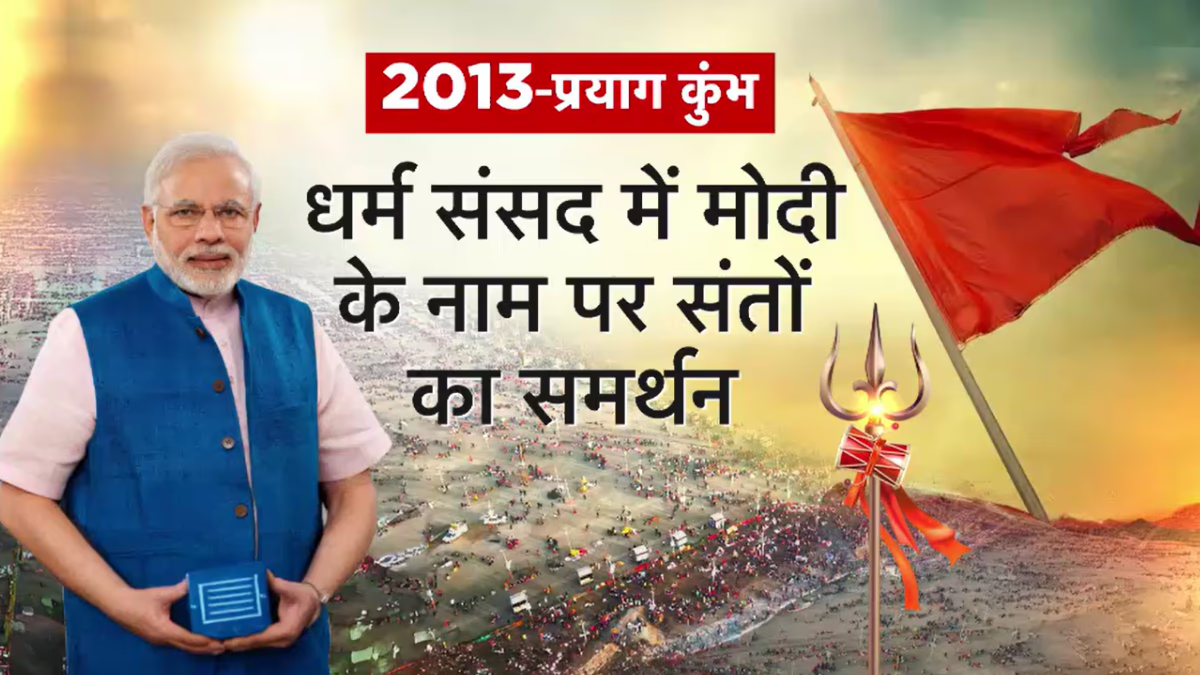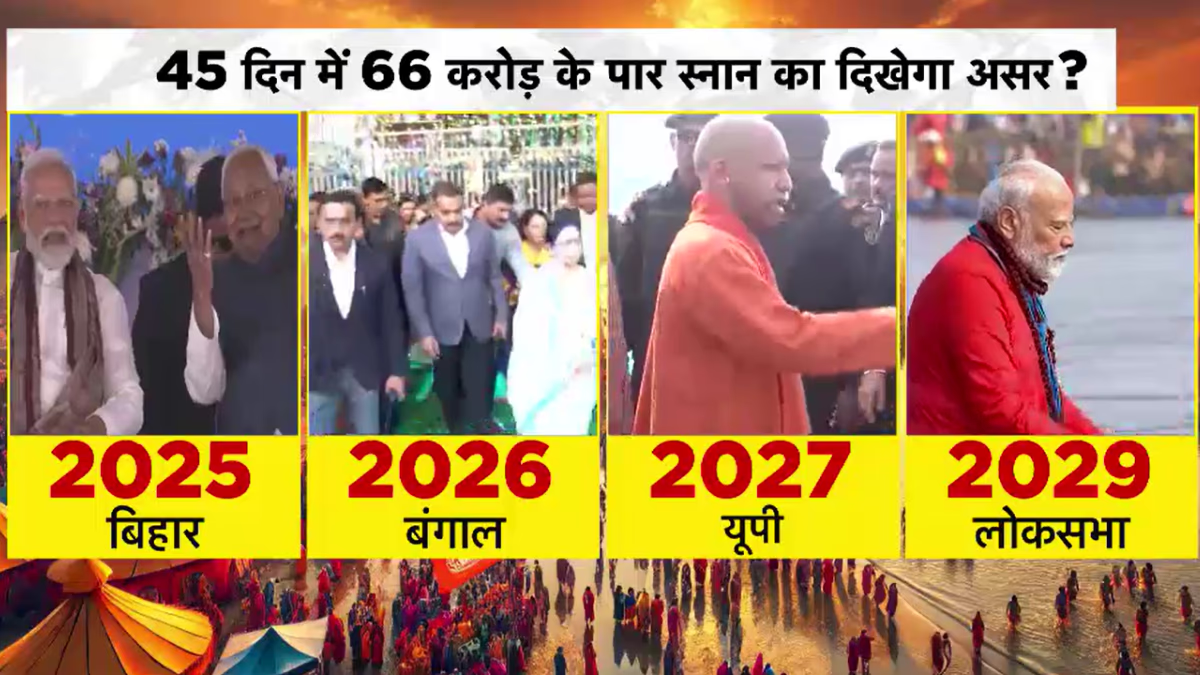Once known as Allahabad, the city of Prayagraj hosted a historic Kumbh in 2013, where VHP's Ashok Singhal proclaimed a decision would change history, advocating for Narendra Modi. In 2001, Sonia Gandhi took part in the Kumbh, soon after which the UPA ruled India for a decade. Fast forward to 2019, just 15 days before the general elections, Prime Minister Modi immersed himself in the once-in-a-lifetime ritual, even washing the feet of five sanitation workers. History reveals that the echoes of Kumbh have often heralded significant political shifts. Could such dynamics be at play once more?
The spiritual confluence at Prayagraj, where the rivers Ganges, Yamuna, and Saraswati merge, is rippling through Bengal, the final resting place of Ganges at Gangasagar. With the symbolic urn reaching Bengal, one wonders if the Maha Kumbh's massive turnout will impact upcoming elections in Bihar (2025), West Bengal (2026), Uttar Pradesh (2027), and the national general elections (2029).
One might ask if the influence of the Kumbh can really affect elections years in advance. The answer lies in numbers—India's 2024 elections saw over 644 million voters, while the Maha Kumbh attracted over 663 million participants in just 45 days. Historically, Kumbh's reverberations have brought about significant change. Could this be another such moment?

Source: aajtak
In 2019, a Prime Minister's Kumbh Bath in 42 Years
In the Kumbh of 2013, a pivotal gathering endorsed Narendra Modi, leading to his election as Prime Minister in 2014. While Modi missed the 2013 Kumbh, he visited the 2019 Ardh Kumbh, marking the first prime ministerial visit in 42 years since Indira Gandhi. Historical precedents highlight Kumbh's far-reaching impact—from Gandhi's symbolic bath in 1966 to bold political moves during the 1977 emergency, Kumbh has shaped India's political landscape. Could the recent Maha Kumbh ripple through politics as well?

Source: aajtak
Political Tremors Felt Ahead of Bengal's Elections
Political undercurrents are evident in West Bengal as Chief Minister Mamata Banerjee faces elections 14 months ahead. With Bihar's elections upcoming, the BJP, led by Narayan Chattopadhyay, ceremonially brought Kumbh's sacred water to their office in Kolkata. Banerjee dubbed the Kumbh a




